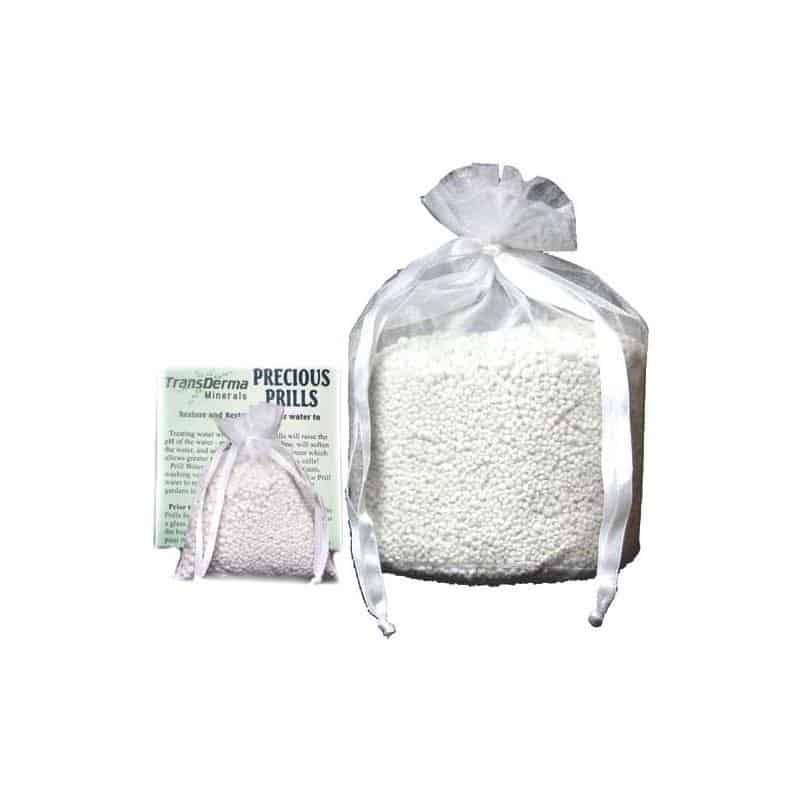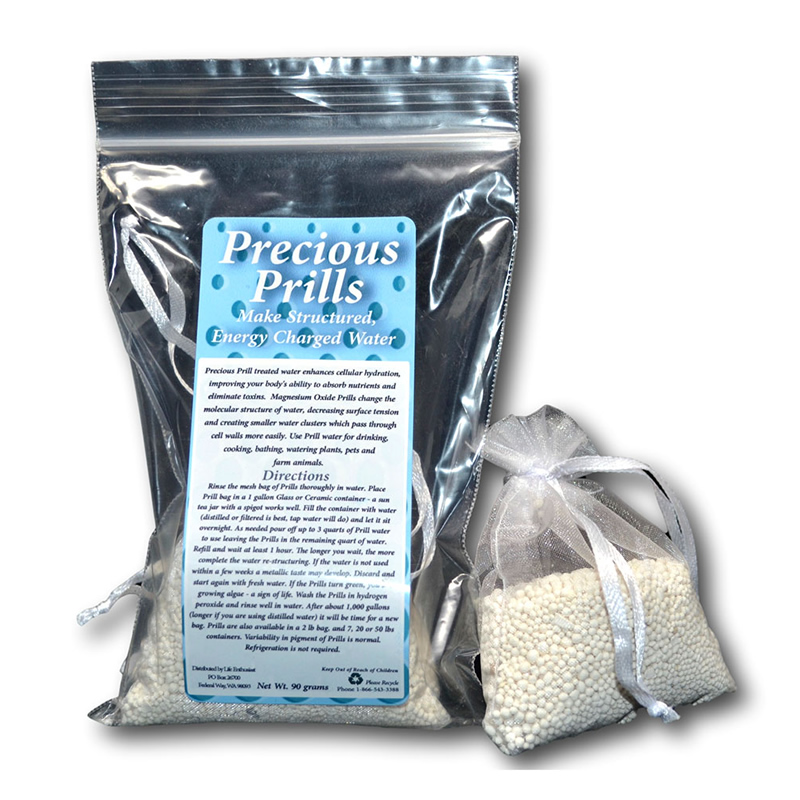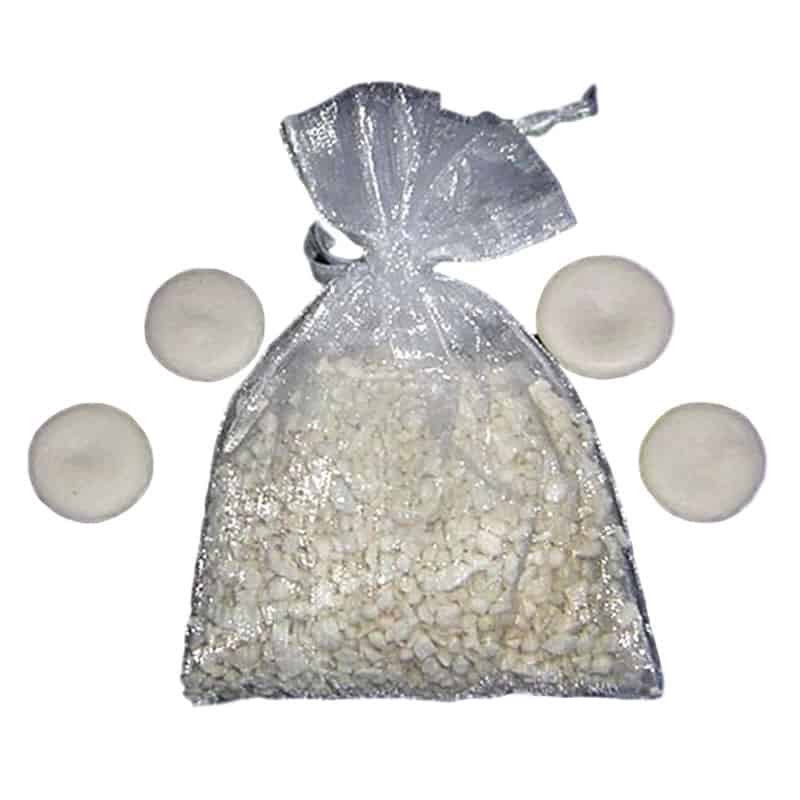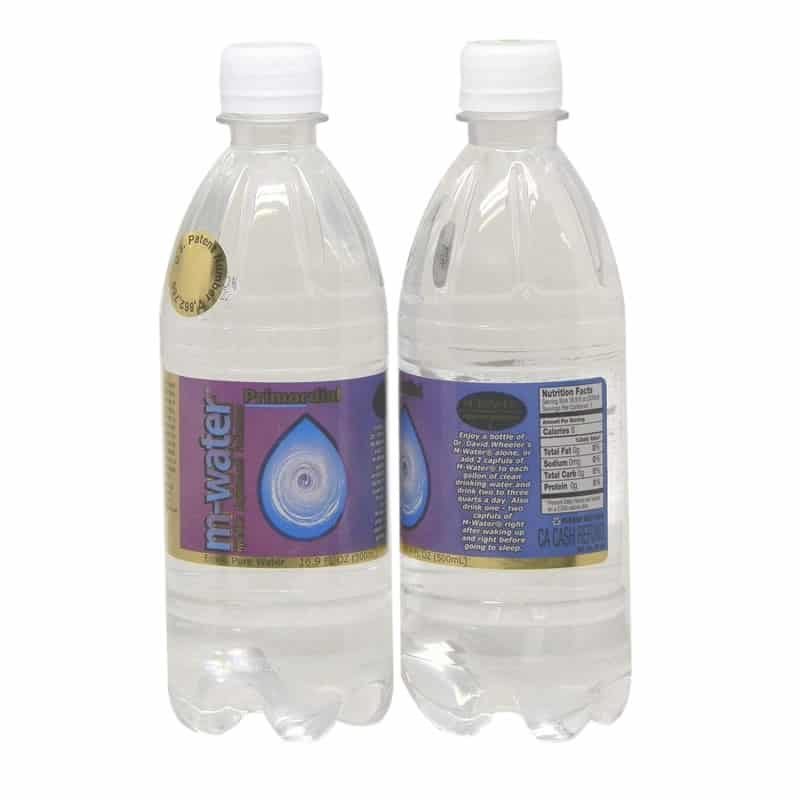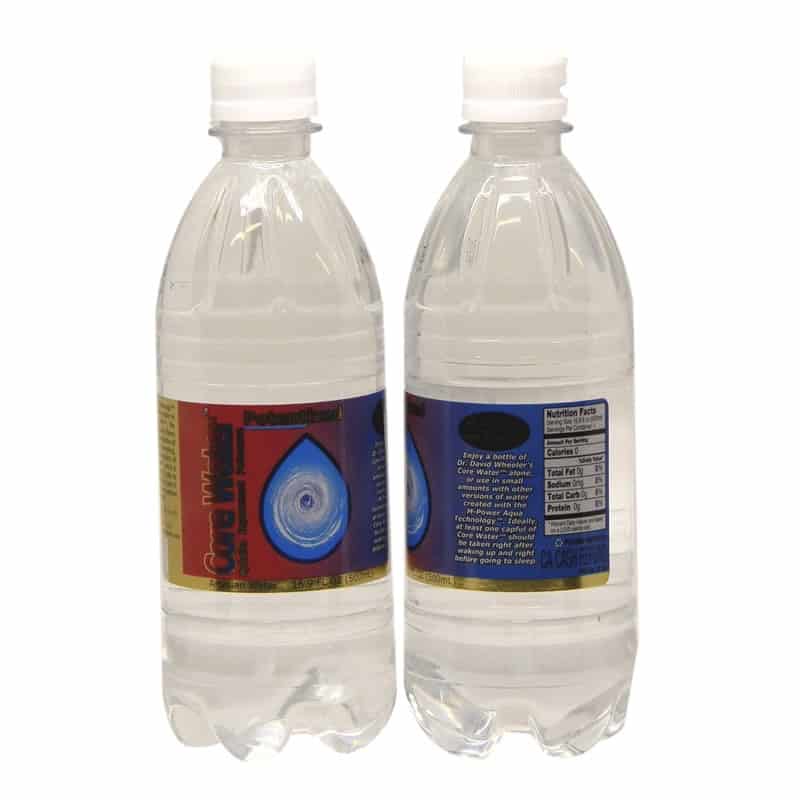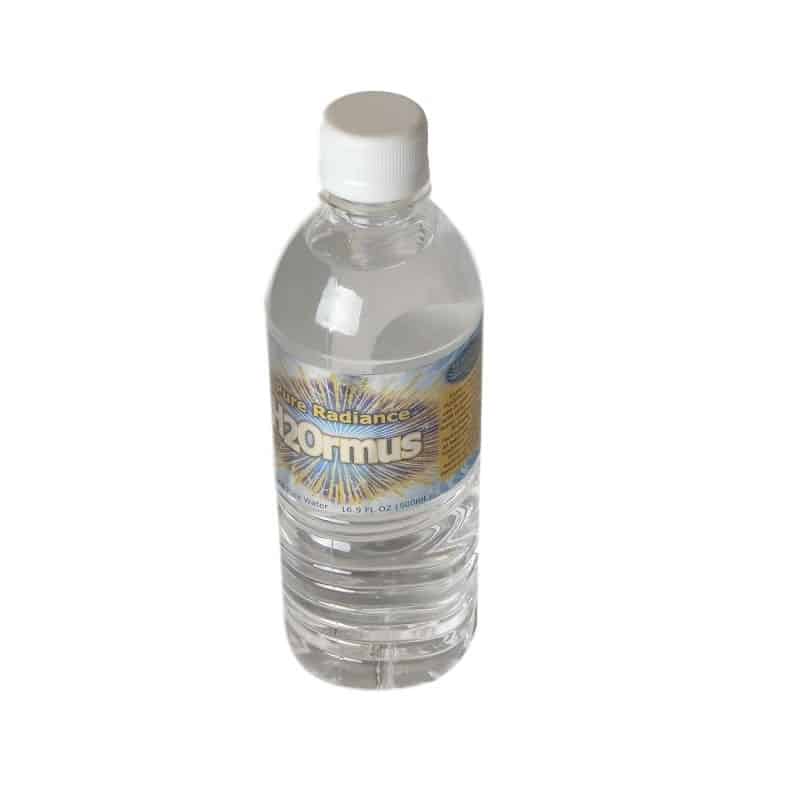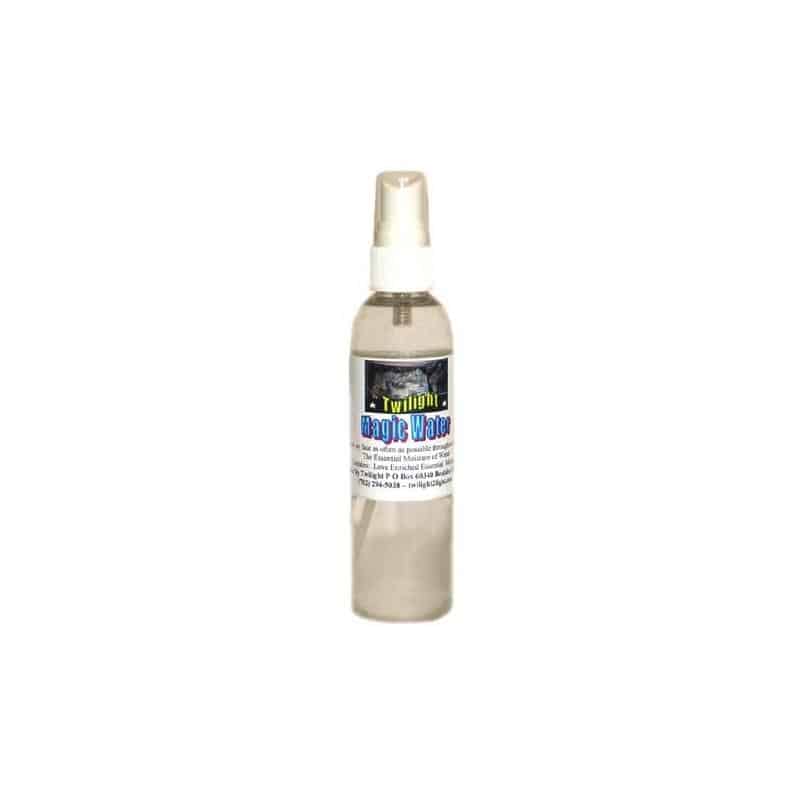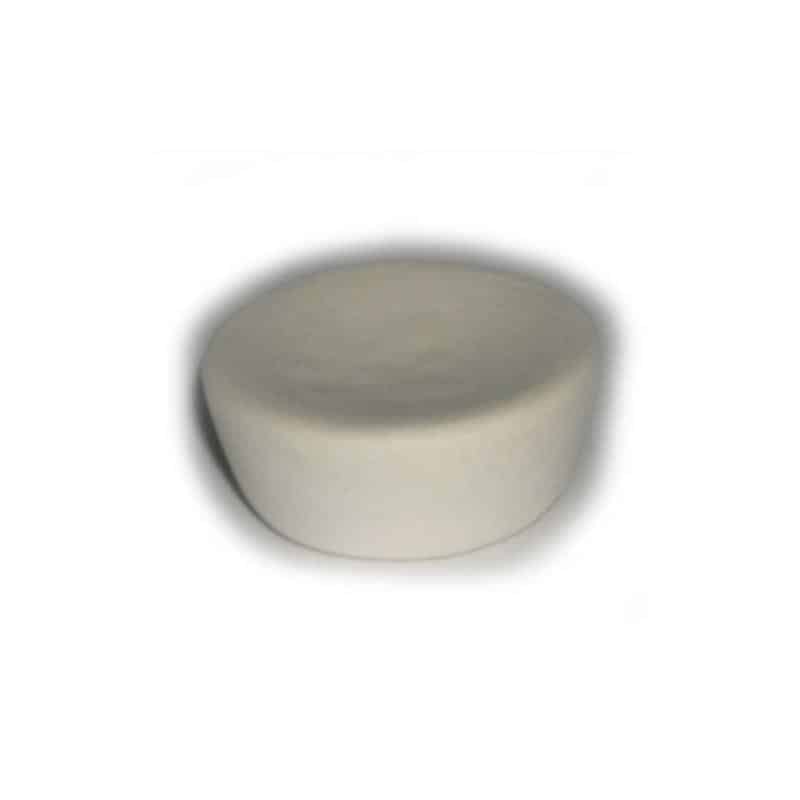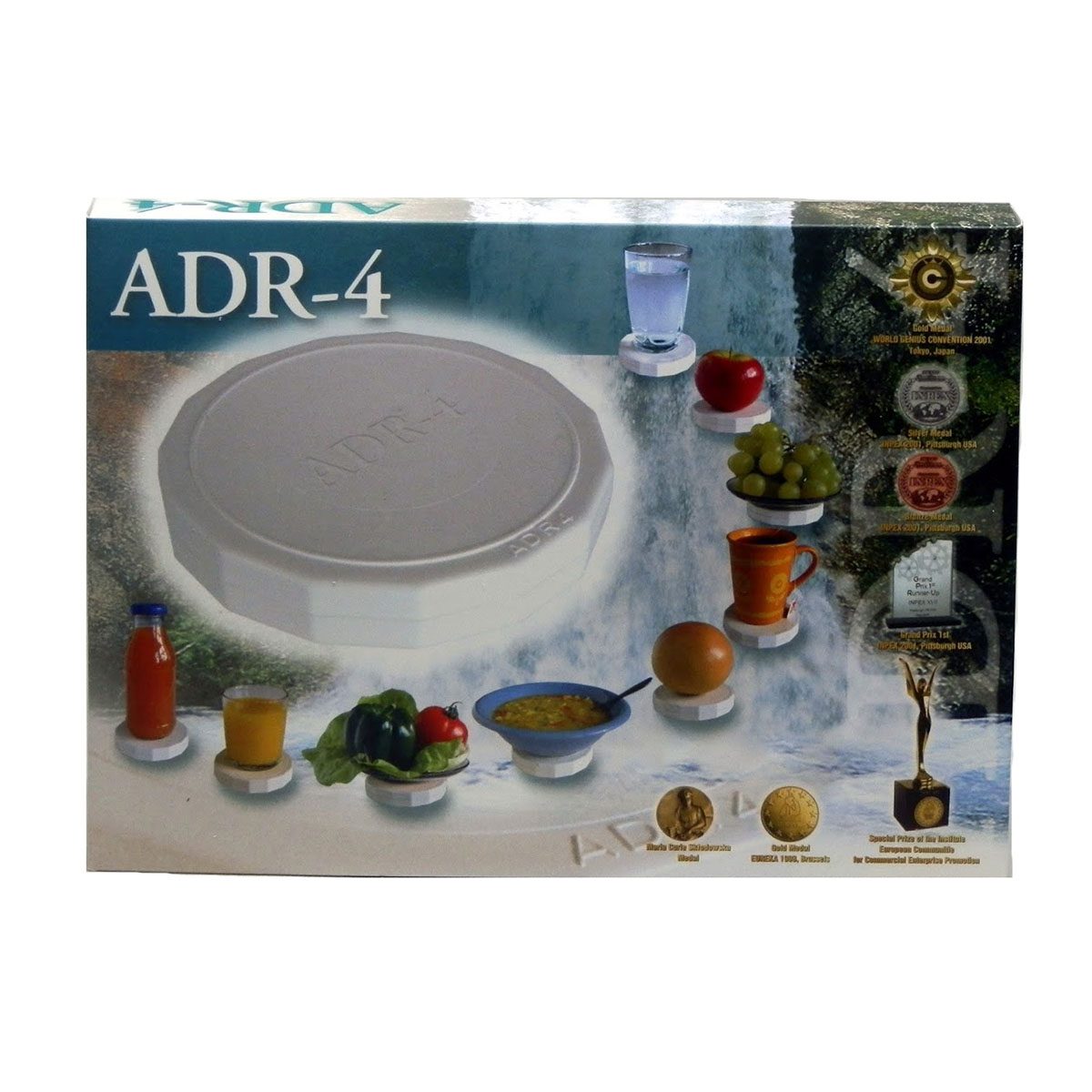No products in the cart.
Podcast: Play in new window | Download
Subscribe: Apple Podcasts | Google Podcasts | Amazon Music | Email | RSS
Podcast 201: Energized Water and Happy Dolphins
Martin Pytela, founder of Life Enthusiast and his co-host Scott Paton don’t just like to talk about alternative health issues in isolation. One of the great virtues of their long-running podcast series is their ability to take issues they are discussing and relate them to things that are going on around the world right now. This week is no exception!
The topic this week includes the infamous BP oil spill in the Gulf of Mexico. Scott and Martin ask what would be alternative health nuts solution to this problem? Maybe it’s in fact not as hard as we think.
John Hutchinson and Nancy Lazaryan are researchers into this very field. They have found that certain radio frequencies when transmitted can actually reduce the oil and grease pollution in the Gulf of Mexico itself. What a discovery!
Consider adding coherent water into your daily routine.
Health and vitality has never been easier!
Podcast 201: Energized Water and Happy Dolphins
SCOTT: Welcome back everyone! You are listening to the Life Enthusiast Podcast, we are restoring vitality to you and to the planets! Starring none other than the founder of the Life Enthusiast, your health coach Martin Pytela! I am your co-host and executive producer, Scott Paton. Hey Martin, how are you doing today?
MARTIN: I’m doing good!
SCOTT: Great! Let’s get right to the point today! Last time we were talking about water, and the benefits of being properly hydrated with ionized water, and it is amazing how we can actually impact water!
MARTIN: I actually think that water is the universal memory device of the physical universe that we live in, you know, like God’s hard drive. Because water has this fantastic ability through the liquid crystal arrangements of water molecules, to relate to one another through the hydrogen bonds. There are these subtle electric charges, right? And the water can change the angle of the two hydrogens vis-a-vis each other, but it can also show how, through bonds between different water molecules, it can form these clusters, these three-dimensional clusters. Most people think about this pattern of a snowflake, but it is not flat, it is a three-dimensional thing. It’s like a star polyhedron, it’s not just a flat thing with six points on it. It’s actually a three dimensional, multi pyramid kind of a thing. And each one of those branches represents something. Depending on what happens to the water before you freeze it, it’ll freeze in different ways. That to me is a big deal. The structuring of the water itself is paramount. And yet, that’s something that’s totally ignored by the engineers, scientists, and all of that mainstream crowd that will accuse me of being some kind of a new age woosie.
SCOTT: You said it once before, I remember this from a podcast episode we did probably two or three years ago, that the water is made up of two hydrogens and one oxygen, but these molecules clump up, and you could have like a thousand of these H2O molecules clumped up. And when it’s in our body, there are places where there’s only space for one molecule of water to go through at a time. And if you’ve got a 500 of these molecules in a clump, it just sits there, it can’t get in, it’s like a bowling ball trying to go into a golf hole. So when we tell people to drink good water, they say: ” But I’m drinking, I’m drinking, I’m drinking,” but they are still dehydrated, because they are drinking what is not in a natural state, they drink water that is full of these clusters. That water is pumped through old pipes, and that is not going to be the same as the water coming down the mountain stream. The structuring of the water is really, really important.
Dr. Emoto proved something really interesting! If you just send love to the water or healing energy to the water, it restructures that water, and you can see that when you flash freeze it, it creates these beautiful crystals. Whereas if you send hateful thoughts or angry thoughts, it turns into almost muddy looking clumps. So when you look at all of our food, fruits, and our vegetables have a lot of water, and as we eat them, we put that water into our bodies! So it’s so important that everything we do with our food, we do with love! There is real scientific evidence behind this. All religions and spiritual teachings have always said things like: “think loving thoughts,” and here we are, we are recording it in the water. And of course, it’s going to have an impact on how we use that water in our bodies!
MARTIN: Right! Talking about pipes, here is an interesting point. Linear pipes cause turbulences that are causing these clumps to form, basically programming the water the wrong way. Water is supposed to naturally spiral in a vortex. And we have devices on the Life Enthusiast website, that you can use at home, they spin first clockwise and then counterclockwise, so that when the water runs through it, it actually gets spun the correct way, and it gets restructured to the natural state.
SCOTT: It’s pretty amazing because you eliminate the need to digest water, break it down into these smaller molecule clusters, which I thought was rather interesting. And you increase the amount of oxygen in the water, which I think is really important. And you know, making it ‘alive’ and energized is really, really important. Particularly when you think of the thousands of dollars people will spend on filtering systems and bottled water.
MARTIN: Yes. Well, here’s an interesting concept. In nature, water gets distilled over and over and over through cold temperature distillation. The water will rise either from a lake or the ocean, form a cloud, and then travel on the airstream, and then is dumped onto the earth in the form of rain. Or in the cold moments just before morning, the water will start to form dew on cold surfaces. In an urban setting, you will see it on cars, windshields, and hoods, and places like that, even though it didn’t rain overnight.
And you can of course see it on leaves of trees and blades of grass early in the morning, the dew. You can see it in many beautiful, poetic photographs, a single blade of grass with a bead of water on it. That water condensed on that blade of grass in the early morning, when the air was the coldest, and it dropped below the dewpoint. That is a natural filtration, that is how nature distills water. The human distillation process is different. What we typically do is we boil the water, we force it all the way up to the boiling point, 212°F (100°C), and force it up into some kind of collection chamber, and then we forcibly cool it somehow, and then we have that water in a collection jar. Now the interesting point is that straight distilled water tastes really awful. Most water distillers have to include the carbon filter to get rid of all of the ugly stuff that comes in it.
We have something very simple, the prills, and this simple ceramic device mimics the process of natural cold temperature distillation. It gives the water the same structure it has when it naturally condenses through the cold temperature distillation. That water tastes better, fills the mouth with a nice soft feel, and there are measurable things that we can distinguish about this water. First thing is that it has lower surface tension. The second thing about it is a pH that’s more alkaline. That’s a good thing because it will alkalize the body. It also has lower ORP, which means that it has a greater zeta potential, which means that it enhances the life force, the integrity of all living things. That is a big deal.
SCOTT: That is a big deal! Having more life force! I have a friend who’s 64 and I can see the life force dropping in him. I’ve known him for 35 years, he’s a very tall fellow, and he’s had blood clots, a hernia operation, he also had a very slight stroke and the nerves at the back of his eyes are jumbled up, so he really can’t see, and it’s just one thing after another, after another, after another, and he is falling apart. And he drinks beer instead of water, eats fried food instead of a salad, those typical things people are doing, that we tell them not to do. So as I look at him, I think: “I don’t want that for myself.” So I’m very motivated to eat my greens and salads, put prills in the water, make sure I go for my hikes and walks, get fresh air, and all the things that we talk about doing.
MARTIN: So we talked about the ionizer in our last podcast. You can spend anywhere from $1,500 to maybe $4,000 on a water ionizer, which will deliver really good results. The water has the better ORP, it’s more micro-clustered, it is more alkaline… but of course, you need to spend some more every year, because you need to replace the filters from time to time.
SCOTT: So you’re looking at spending $1,500 on an ionizer that would probably last 20 years?
MARTIN: I doubt it would last that long. Seven, maybe ten years if you take good care of it.
SCOTT: Okay, so let’s say it will cost you on average $200 a year, which is less than 50 cents a day, and then a hundred extra bucks a year for maintenance. Our bodies are 70-80% water, and if you put crappy water in your body, it doesn’t take a genius to guess what will happen. I would think that even the biggest skeptic would not argue that if you take really brackish water and give it to your plants, they’re not going to do as well as if you give them fresh rainwater that you just collected.
MARTIN: Truly! Right! These experiments have been done, I remember this one particular experiment. One girl and her grandpa did this for two months or something like that. They started with several plants, and they were watering some with microwaved water, and the rest with stove boiled water, of course not hot water, it was heated first and then cooled, before they watered those plants.
SCOTT: And I’m glad you said that you don’t want to water the plants with boiling water. (laughing)
MARTIN: But anyway, what I wanted to go back to is the Precious Prills. We sell them for $20, they last about three years, and the only additional cost you have is a filter because you should filter your water before you treat it. The water ionizer can cost $2,000.
SCOTT: The ionizer will last six or seven years, Precious Prills will only last three, but if you compare the prices…
MARTIN: I don’t mean to knock down the ionizer, because it does make stronger water that is more alkaline and more clustered and all of that. So if you have somebody who’s got significant health problems, I would advise for the ionizer. But if you are not terribly sick, or if you’re seeking prevention, Precious Prills are a great choice.
SCOTT: That’s what I’m thinking, prevention all the way. So, you know, it’s one thing for us to talk about what individuals can do to protect themselves and improve their health and everything else. But what is happening in the Gulf of Mexico right now is very interesting. We came across some information about a fellow who was cleaning up the water in a pretty unconventional way!
MARTIN: You know, most engineers don’t think outside of the box. So an engineer will try to throw some dispersant on the oil spill, and it gets even worse, because instead of the big area of oil on the surface, where you can collect it, it is now dispersed into small droplets, and it’s everywhere, and it is affecting the surface tension of the creatures that are in the ocean. I don’t know if you remember what happens to a snail when you put salt on it. It changes the osmotic pressure on the outside, and all of a sudden that poor thing is losing its internal water to the salt that’s on his surface. So you’re killing it. And that happens to a creature that is set up to be at a certain surface tension in the ocean. So dumping dispersant into the ocean was hugely damaging to sea life. But that’s how an engineer thinks. John Hutchison is a very different type of creature, this fellow has been thinking outside of the box for decades, he came up with this ultrasound device, a frequency generator, and he’s been able to restructure the terrible water so that it can return to its original parameters.
SCOTT: He’s come up with a combination of audio and radio frequencies that have been shown scientifically to reduce the oil and grease in polluted waters in the Gulf of Mexico from seven parts per million to less than one part per million and restoring the water’s vitality, and they know that by the return of fish, dolphins, and even barnacles too. They first did it in Perdido Bay in Alabama, and they show some pictures of the water before and after. And there was a followup article, where the local captain of the boat that does dolphin sightseeing tours said there was a change in the water and the dolphins were “happy” again.
MARTIN: Like more playful instead of tired with a headache.
SCOTT: That’s right!
MARTIN: Yeah. Good! Good for John! And may he get funding so that he can go do a lot of it! Of course, again, the engineers will ‘pooh-pooh’ it, saying this is just some kind of ‘a witchcraft.’
SCOTT: Well, what’s interesting is that they call the coast guard, and they got no response. They ended up talking with the local government officials including the sheriff, and the response was: “This is great! But we can’t officially do this, we can’t help. Go talk with local private citizens that are on the beach, set up the equipment with them, and we won’t stop you from repairing the water this way.”
MARTIN: This is showing us that the system is corrupt all the way from the top. And the only way we can revive it is from the roots up. This is what’s been going on in the health industry as well. One person at a time realizes that chasing the drugs, the operation, the surgical, the chemical model just gets you nowhere. You have to accept the fact that the monomorphic model of the human body is false, and the pleomorphic model is true. This then leads you to think that the only way this will work is the holistic, functional medicine, and not pharmaceutical chemical medicine. And the basic difference in those two philosophies is that the currently accepted model, the mainstream model, sees illness as something that comes from outside. The other model, the holistic model, sees illness as something that’s allowed by some weakness from within.
SCOTT: By the way, they also reported that new oil had washed up on shore in Venice, Louisiana, they saw dead birds, fish, dolphins, all covered with oil, so whatever’s going on down there is still going on.
MARTIN: Okay. So there’s more fresh oil being spewed up from the bottom, but it’s no longer the big disaster in the news, so nobody cares.
SCOTT: There you have it. But it’s possible to make a change, and we just need to start talking to our elected representatives about it.
MARTIN: You know, Scott, I really don’t think that’s a good use of anybody’s time. I really think that what we need to do is talk to each other, and start doing the kinds of things that make a difference, and just ignore that entire nonsense that goes on at the top of the management, because they are hijacked. They are beholden to the money interests that have gotten up there, and there’s just no help. The help will not come from the above, the change needs to start at the bottom, it needs to happen with us. The pharmaceutical industry owns the mindset of the entire media because they advertise. On TV and in magazines you only see advertisements for big companies that have a lot of money, like Johnson & Johnson, car companies, cosmetic companies. You don’t see things like our Miracle soap on TV.
SCOTT: Miracle soap! I’ve been using it for years now! And my girlfriend says: “your skin is like a baby’s skin, it’s so soft.” And it’s really true! It helps! Miracle soap and also the magnesium salt in the bath!
MARTIN: Yes, because magnesium is an antidote to calcification, and calcification means hardening. So when you reverse the hardening caused by the calcification, you are left with softening, in this case, it is a soft skin! And back to the advertising on TV. If they own the TV, they also own the radio, they also own the newspapers. Thank God they don’t own the internet. I will never get on television. Even the guys that do get on TV, like Dr. Oz or Oprah, they do operate with some common sense, but mostly they are just pushing the mainstream stuff. Or that nutritionist that works with Oprah, I don’t remember his name, he’s into good meals, certified by this and that, but when you look under the skirts of that and when you look at himself, he’s not a picture of health, and his protege, Oprah, she goes up and down like a yoyo, I don’t mean to be unkind to her, but her health is not under control. And for a woman who makes a hundred million a year, she could do better.
SCOTT: We should go talk to her.
MARTIN: Yeah! But I don’t think she can put us on the air. Not because she doesn’t want to, but because she won’t be allowed to. The message that we have is wrong because it contradicts the message that the people who own those channels want out there. That’s why I’m saying it’s useless to talk to your congressman because he is owned by the people who pay for his campaign. Who are they? The ones who already have the money. That’s the drug companies. The sad thing about the drug companies is this: their input costs are fantastically low. You know, the cost of the $10 Viagra pill is probably about a penny. The prescription bottle that costs 150 bucks a month, the manufacturer cost on that is probably two bucks. Their margins are fantastically good. That’s why they can afford a billion dollar advertising budget.
Whereas when I sell you a hundred dollar bottle of the green stuff, it costs me $50 to make. There’s very little room to go blow my brains out on advertising on the Oprah Winfrey show. Anyway, that’s my story, I’m sticking to it. You’re listening to the Renegade radio. (laughing) This is Life Enthusiast Podcast, you can find us at www.life-enthusiast.com, you can call me directly at (866) 543 3388! You can consider us as the people who restore vitality to you and to the planet! Thanks for joining us, everybody!





